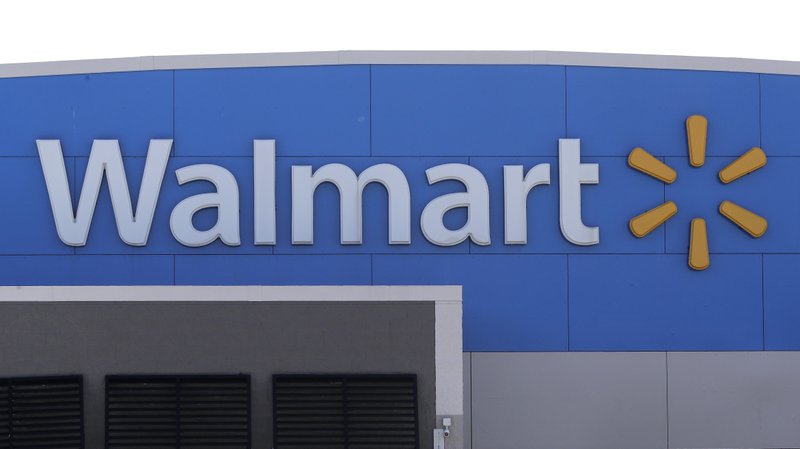Walmart Inc. has eliminated 56 manager positions in India as part of a shift to wholesale e-commerce, the retailer said Monday. Eight of those jobs were at the senior executive level.
Walmart India said in a news release that it is reorganizing operations at its Best Price Modern Wholesale stores. Krish Iyer, Walmart India's president and chief executive officer, said in the release that the company reviewed its corporate structure with an eye to improving efficiency.
"As part of this review, we have let go 56 of our associates across levels at the corporate office," Iyer said. "These associates have been offered enhanced severance benefits and outplacement services to support their transition."
The Bentonville-based retailer employed 5,564 people in India as of March, according to its corporate website.
Iyer disputed Indian media reports that Walmart plans more layoffs or store shutdowns. He said Walmart remains committed to growing its business-to-business wholesale presence in India. Iyer pointed out the retailer opened six new Best Price stores and a warehouse center in 2019, and sales grew 22%.
Walmart continues to invest in its Indian operations, both in new stores and e-commerce. In April, Walmart Chief Executive Officer Doug McMillon said the company would open 47 stores in India by 2022, adding to its total then of 22, at a cost of about $500 million. Walmart India just opened its 28th Best Price outlet in December, with the company saying at the time that the new store was already integrated with its business-to-business e-commerce platform.
"We have recently made significant investments to serve our members better and will continue to do so," Iyer said. "This includes investments in our brick-and-mortar stores as well as e-commerce. Our members are increasingly becoming omnichannel shoppers. We are thus investing heavily in technology and have a healthy pipeline of Best Price stores. This will provide our members a true omnichannel and convenient shopping experience in the future."
Satish Meena, a senior forecast analyst with research firm Forrester, said in a recent blog post that retail spending in India is shifting from stores to online marketplaces as consumers look for better deals. This is happening not only in large urban centers, he said, but in mid-size cities as well, as shoppers "become more comfortable with online channels and getting access to brands and affordable financing options."
India's government doesn't allow foreign companies to sell directly to consumers through stores. Walmart has instead focused on building its members-only wholesale business, and invested $16 billion in Indian e-commerce firm Flipkart Group in 2018 so it could reach potential customers through online sales.
Walmart has continued to invest in Flipkart to expand delivery to even remote locations through its logistics business eKart. Last year, Walmart also created an outreach program enlisting thousands of India's mom-and-pop stores, called kiranas, and general trade stores as delivery partners with Flipkart.
In addition, Walmart India supports local farmers and regional suppliers by directly sourcing from them, as well as providing technical assistance and training programs. Last month, it announced a new supplier development program that will prepare 50,000 small businesses there to enter global supply chains.
When Walmart reported its third-quarter results in November, McMillon said the company was especially excited about Flipkart and its subsidiary, payment app PhonePe. "The Indian market represents a significant opportunity for growth, and our team of innovators brings local expertise to a market where understanding the flow of everyday life can help us provide products and services that remove friction from the lives of our customers," he said.
PhonePe -- which means "on the phone" in Hindi and is pronounced "phone pay" -- is one of several mobile payment options making it easier for India's mostly unbanked online shoppers to pay for their purchases. With more than 55 million monthly active users, McMillon said, "we're quickly looking for ways to monetize the customer base, including an offering of financial services."
A Keybanc Capital Markets analyst recently pegged PhonePe's value at $14 billion to $15 billion.
Still, Walmart faces stiff competition in a market that is expected to grow tremendously over the next few years. Organized retail is a small part of the Indian market, and e-commerce makes up only 2% to 3% of that. However, 60% of the population, or about 840 million people, is projected to be using the internet by 2022, with e-commerce worth $200 billion by 2026.
Business on 01/14/2020

